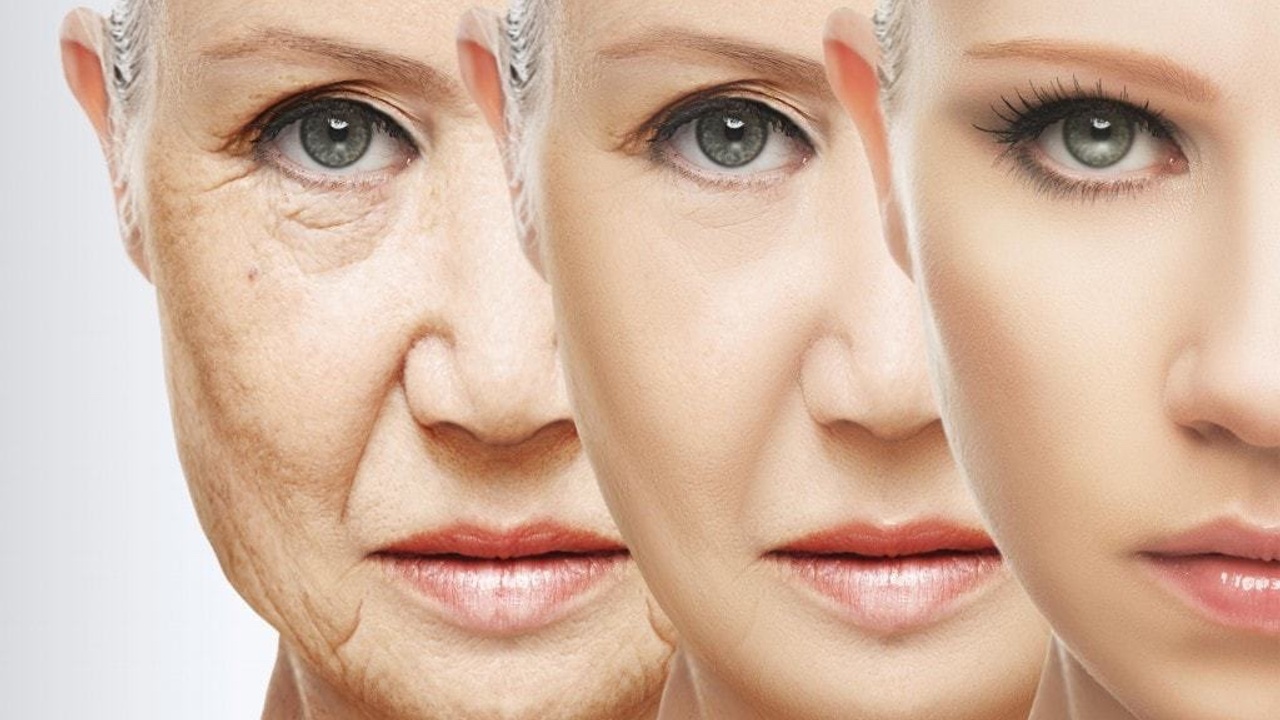Can Diet Influence the Ageing Process?
Apr 15, 2021
The ageing process – no avoiding that one. Whether we like it or not it is going to sneak up on us and bite us firmly on the bottom. That being said, our environment can influence this to a certain degree. By environment I mean our internal biochemical terrain. Something that can be greatly influenced by our lifestyles. The biochemistry of someone who smokes 20 a day, and downs 6 pints at lunch time is going to differ greatly from someone who consciously eats well, takes regular exercise, manages stress effectively, etc. This ISNT a judgement, its just saying it as it is.
With that in mind, I believe there are steps that we can take that can influence the ageing process to some degree. Part of this is of course the food we eat.
Omega 3
Omega 3 rich foods are top of my list for two very distinct reasons.
Firstly as I have mentioned endlessly, they deliver an anti-inflammatory activity. Chronic, sub clinical inflammation is one of the most destructive influences on tissues. Period. Chronic inflammation accelerates many ageing processes, particularly affecting genetic material within the cells in affected tissues. In time this can affect the quality of cellular replication. As cells divide, old ones die off and new ones take their place. As we age, our genes do start to take a hit and the quality of the copies – ie the new replacement cells, decreases in quality. Imagine the analogy of a photocopier. We photocopy something, then take a copy of the copy. Then a copy of that copy, and on and on in the chain we go. Each time we will see subtle decreases in quality. If we compare the original to the final copy, we will see massive differences in quality. It happens. This is ageing.
HOWEVER, there are things that can affect the rate and extent to which this degradation occurs, and chronic inflammation is one of them. Upping our intake from either oily fish or a good quality supplements will help to curb inflammation.
Omega 3 offers another layer of protection in this context too, by protecting our telomeres!
Telomeres are a specialised coating that protects the ends of DNA strands. They are often likened to the protective sleeve that is on the end of shoe laces (if you have seen the Tom Cruise film Cocktail – it is the Flugel Binder). Without this protective sheath, the end of the shoelace frays and gets easily damaged. Same for DNA strands. Damage to the telomeres accelerates the rate at which DNA gets damaged. Damaged DNA equals decreased quality of the ‘copy’ as described above.
Broccoli and greens
Broccoli and most green vegetables will always be on this list. That isnt just some predictable faddish thing, theres good reason, despite the micronutrient density. There are some interesting compounds in these foods.
One thing of interest is something called NMN or Nicotinamide Mono Nucleotide. This is a B vitamin derived substance that stimulates the production of something called NAD or Nicotinamide Adenine Dinucleotide. NAD is one of the key parts in the process of cellular respiration. As levels of NAD begin to drop, cellular function starts to decline. Similar to the above, there is greater degradation of new cells, and also accelerated oxidative stress and damage. Early studies show that consuming NMN can increase NAD and slow down the cellular ageing associated with NAD’s decline. It is early days, but eating a bit of broccoli and some leafy greens is going to do you no harm at all.
Broccoli and the brassicas are also very rich in glucosinolates. These are potent substances that give the bite and pungency to foods like mustard and radishes when they are chewed. These substances are anti-mutagenic, which basically means they help to protect the DNA in our cells from damage that can then go on and change the way in which the cells function, particularly in relation to cell replication.
Orange foods
Orange coloured fruits and vegetables such as sweet potatoes, squash, carrots, mangoes, melons etc are very rich in a group of compounds called carotenoids. These are the things responsible for their colour pigment.
Carotenoids are fat soluble antioxidants. As they are fat soluble they can easily begin to accumulate in the fatty subcutaneous layer of the skin. This is also the layer of the skin that contains the vast majority of collagen and elastin fibres – the protein lattice that gives our skin its structural integrity. This criss cross layer is susceptible to damage over time from free radicals. Accumulated fat soluble antioxidants such as carotenoids can offer some degree of localised protection against free radical damage, thus slowing down excessive sagging and wrinkling of the skin.
B vitamin rich foods
The final group are foods rich in the B vitamins. These are relevant because studies in recent years have found that they can be protective against age related cognitive decline.
Studies such as the ‘Vitacog’ study have shown that B vitamin supplements slowed shrinking of the brain associated with age. I think a good B complex is perfectly safe for almost everyone.
Food always comes first in my book too, so stock up on whole grains like brown rice, quinoa, and pearl barley. Green leafy vegetables, yeast extract, and most meats are also great sources.




